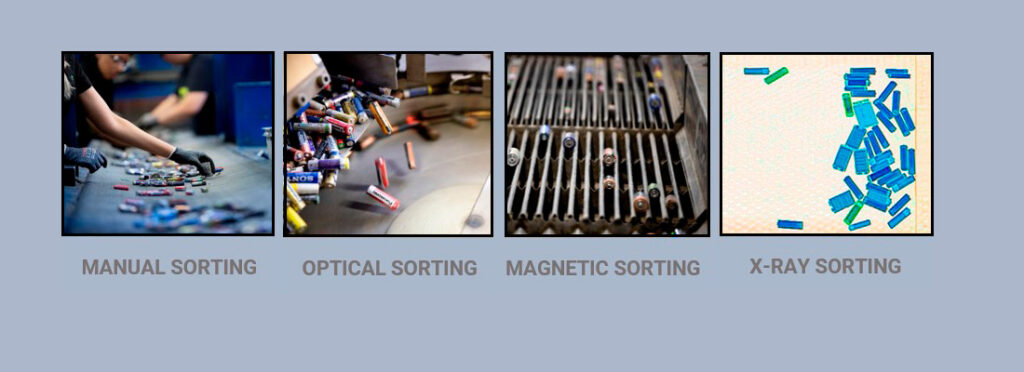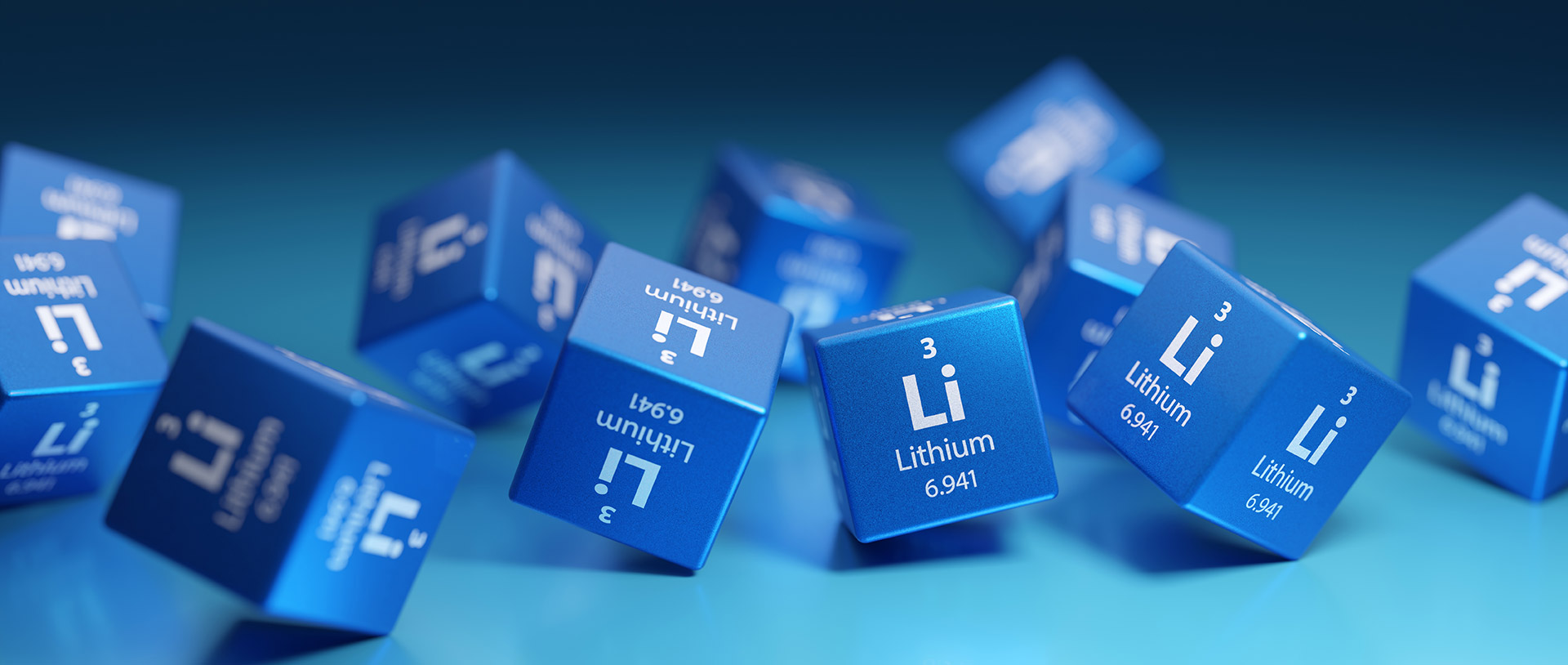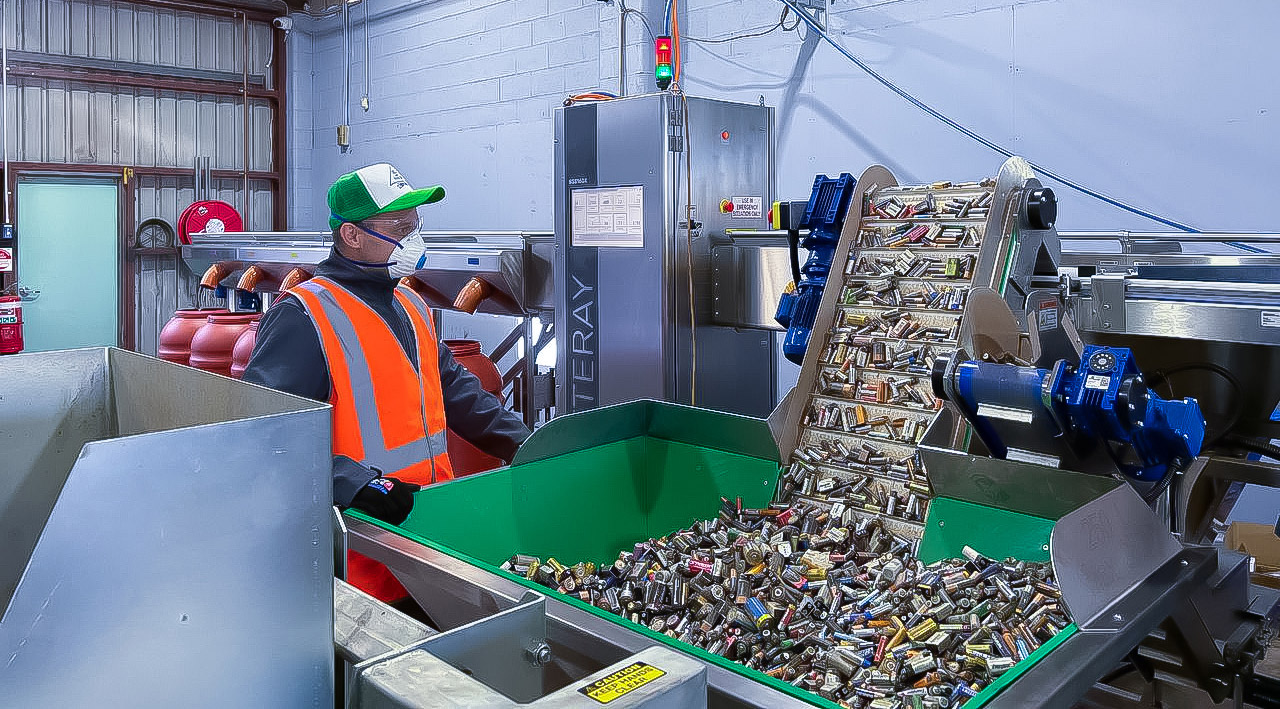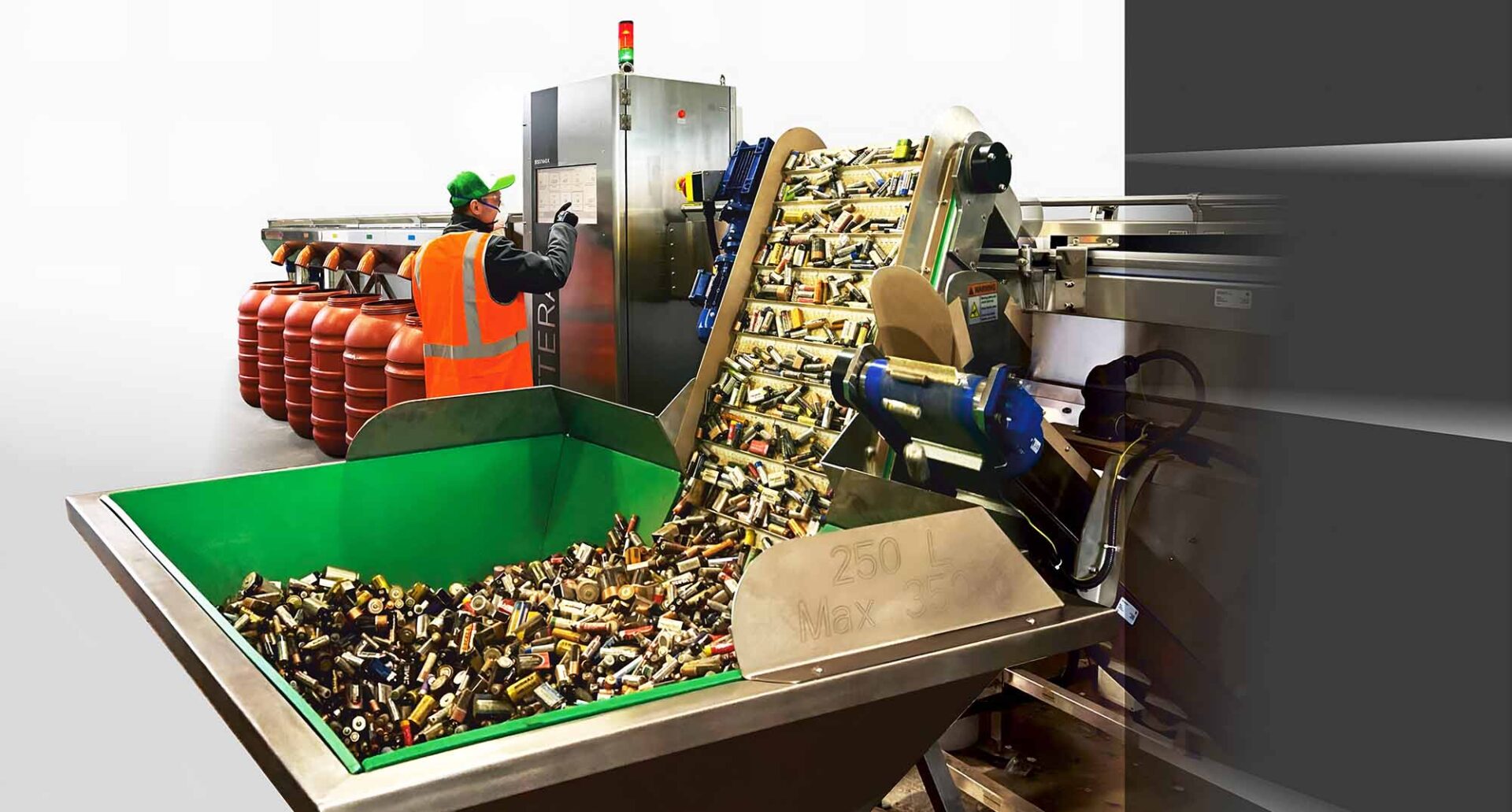This article examines battery sorting systems’ principles, sensor-based methods, sorting techniques (e.g., machine vision, magnetic resonance), AI’s role, and quality control measures. It emphasizes their vital role in recycling and environmental sustainability.
The Principles Behind Battery Sorting
Identification Precision
The battery sorting system typically operates by employing various sensors and sorting mechanisms to identify and separate different types of batteries based on unique and distinctive features, such as shape, chemistry, label, and internal structure.

Technologies in Action
The system may utilize sensors, such as optical scanners or magnetic sensors, to identify the type of battery. It must gather information about the chemical composition of the battery currently in view based on recognized characteristics.
Several technologies are available that can achieve a high percentage of accuracy in determining the composition of a battery.
Systems based on machine vision rely on a single parameter—the resulting image from the camera. Recognition is limited to the shape and the presence of distinctive features on the label design.
One drawback of this approach is its complete dependence on the external state of the label. Any contamination or damage to the outer layer of the battery can result in significant errors in determination.
With identifying counterfeit types of batteries, erroneous identification may occur, as this method cannot discern the actual internal structure.
Another type of system is based on magnetic resonance. In this system, two parameters are utilised: measuring battery weight and measuring magnetic properties.
This approach necessitates the preliminary sorting of batteries by size, which complicates the design and introduces additional operational challenges.
Furthermore, this system encounters difficulties in accurately identifying various types of lithium batteries with complex chemical compositions.
A system based on X-ray radiation can boast the highest levels of accuracy and capability in identifying almost all types of batteries.
Acquiring an X-ray image of the battery being identified enables the extraction of comprehensive information about the internal chemical composition, structure, and shape.
The amalgamation of all this data enables the achievement of nearly 100% sorting accuracy, eliminating the shortcomings of previous methods.
These systems incorporate complete radiation protection and do not require special operational conditions.
Let AI Take the Lead: Navigating Battery Types
Database Decision-Making
After receiving a set of data, the next step involves determining the battery type. This is achieved through the use of a large database containing pre-defined reference models.
The algorithm compares the received data with these known models to produce the final result. The accuracy and speed of this process depend directly on the training and configuration of the artificial intelligence.
The learning process is always unique and time-consuming, given the vast number of batteries worldwide with diverse chemical compositions and design features. This step significantly influences sorting accuracy and should be approached with particular care.
Mechanical Mastery: Tailored Sorting Devices
Precision Sorting Devices
Sorting devices come into operation. Once identified, the system employs mechanical arms or conveyor belts equipped with distribution devices to place batteries into individual compartments based on their chemistry.
Numerous hardware devices can perform this task, with one example being the pneumatic system. A robust airflow through a series of nozzles redirects the batteries to the required basket. The system does not require regular maintenance but necessitates a constant supply of high-pressure air to ensure continuous operation.
Electromechanical rotators with blades are also used, capable of propelling the battery off the conveyor at the right moment. However, the use of such mechanisms limits the overall system performance because of the low response speed.
Sometimes, a robotic arm is employed, capable of snatching a designated battery from a common pile moving along a conveyor belt. This solution is quite expensive and is only used in low-performance sorters where the need is to select not only individual batteries but also assemblies, electronic devices with batteries, and vehicle batteries.
Guardians of Quality in Sorting Systems
Quality Control Measures
Some sorting systems also incorporate quality control measures to ensure that the percentage of recognised batteries does not exceed the specified limit. To achieve this, maintenance regulations are implemented to monitor the installation’s condition, addressing critical contamination and component breakdowns.
Statistical algorithms in the software record logs and analyse the current operating parameters of the installation. Additional sensors are installed to control the sorting process, preventing unexpected blockages in the movement of batteries through the system. Components requiring periodic adjustment are also monitored.
Telemetry Services for Proactive Support
The use of telemetry services allows the manufacturer to continuously monitor the system’s lifespan and provide prompt, proactive recommendations to clients, offering user support globally at any time.
By combining these elements, the battery sorting system efficiently organizes batteries for either recycling or appropriate disposal, contributing to environmental sustainability and safety.
BATTERAY’s Contribution to Environmental Preservation
A Greener Tomorrow
By combining state-of-the-art technologies and precise sorting mechanisms, BATTERAY’s Battery Sorting System plays a crucial role in organizing batteries for recycling or appropriate disposal. This commitment to environmental sustainability reflects BATTERAY’s dedication to creating a greener, safer future.
In conclusion, BATTERAY’s Battery Sorting System represents a groundbreaking advancement in the realm of battery management. By seamlessly integrating X-ray technology, artificial intelligence, and mechanical sorting solutions, it not only ensures precision and efficiency but also contributes significantly to environmental sustainability and safety.






